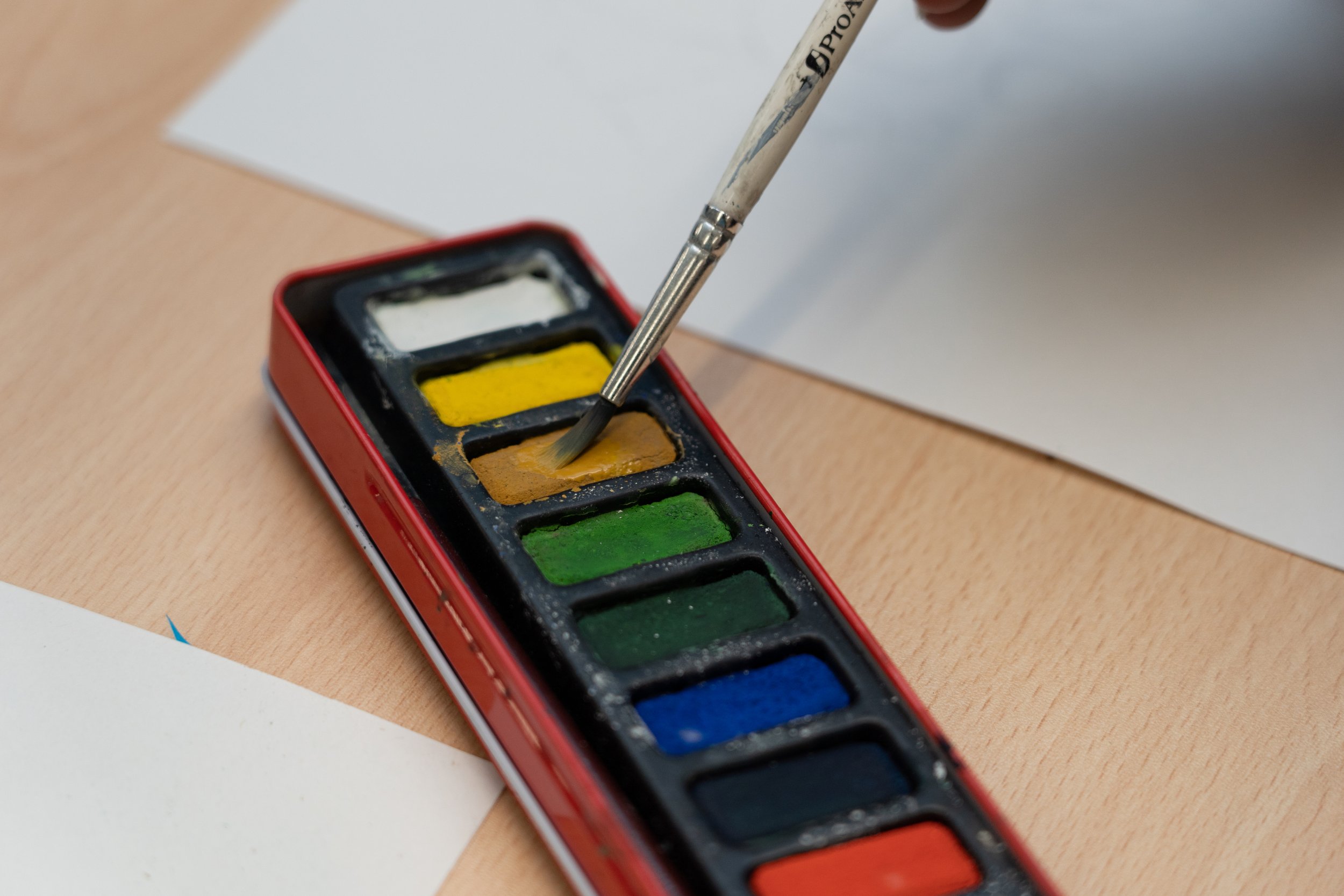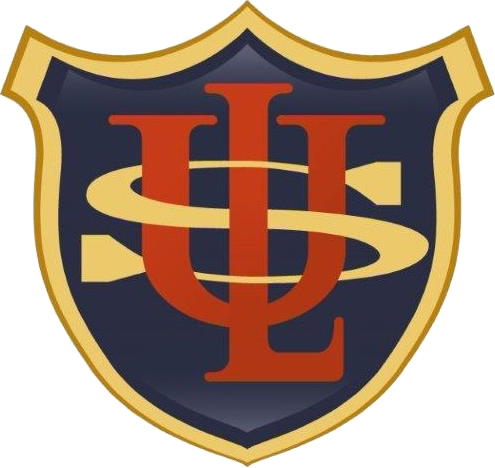
GCSE PHOTOGRAPHY
GCSE Art And Design – Photography
Aims Of The Curriculum/Curriculum Intent
Photography is offered as a GCSE option subject in Year 10 and Year 11. The subject is not taught in KS3, however, many of the required skills such as understanding the role of the visual elements when creating an art piece and being able to critically reflect on other artists/photographers and designer’s work are covered and starting to develop in KS3, in the Art lessons.
Introduction
Photography introduces students to a variety of experiences and exploration of a range of media, techniques and processes, including both traditional and new technologies. Students will explore the works of range of classic and contemporary photographers/artists, examples of which will be used within the investigation and making process. Responses to these examples will be shown through practical experimental work.
Curriculum Content KS4
In Component 1 and Component 2 students are required to work in one or more area(s) of photography, such as those listed below:
portraiture
location photography
studio photography
experimental imagery
installation
documentary photography
photo-journalism
moving image: film, video and animation
fashion photography
Core Skills:
A01 – Developing ideas through investigation
A02 – Experimenting and refining ideas using different media
A03 – Primary and secondary observations and annotations
A04 – Final response and outcome
Year 10
Component 1 - Project 1: Natural Forms
Students explore a wide range of photographers’ work, which enables them to develop understanding for how to use photographic techniques and processes, appropriate to their personal intentions, for example: lighting, viewpoint, aperture and depth of field, shutter speed and movement, use of enlarger, chemical and/or digital processes. They learn how to select and use media and materials to best suit their vision. E.g. use of film, photographic papers, chemicals appropriate to darkroom practices, digital media, programs and related technologies, graphic media for purposes such as storyboarding, planning and constructing shoots.
Trips and Visits
During the two-year course students will be given opportunities to visit museums and galleries, also take part in various workshops, so they can draw inspiration for developing ideas and improving their technical skills in support to their portfolio work.
Year 10 Exam
Students will sit a 5 hour (1 day) examination at the end of Year 10, producing an outcome for their final piece, which relates to Natural Forms, encompassing the skills, methods, processes and media sampled in their portfolio.
Year 11
Continuing working on their Unit 1(Portfolio)
Students are developing ideas based on the theme People and Places.
Through their work students will explore a range of media and techniques; to enable them to produce work that might include the use of figurative and non-figurative forms, image manipulation, close up, and imaginative interpretation. The aim is to produce further evidence against each assessment objective, while considering how best they can represent their ideas and intentions that can lead to purposeful and meaningful outcomes.
Year 11 Mock Exam
Towards the end of the autumn term, students will sit a 5 hour (1 day) GCSE Mock examination to make a final piece, which relates to the theme People and Places.
Component 2: Externally set assessment
At the beginning of January, students will commence a project from a choice of themes; the topics for this are set by AQA. Students will select the photographers and artists they will research and use for inspiration while producing a range of experiments and record their ideas in response to the theme.
Year 11 Exam
Students will work on their final piece during a 10 hour (2 day) examination in May.
Homework
Is set once per week
Examination Information
Exam board: AQA
Specification code: Component 1: 8206/C
Component 2: 8206/X
Exam outline: 100% Non-Exam Assessment: Year 10 and Year 11
Non- Exam- Component 1: (60% of GCSE grade)
Non- Exam- Component 2: (40% of GCSE grade)
This an externally set task by AQA.
After Key Stage 4
A Level or BTEC Photography, all of which can lead to University degrees and possible careers such as portrait photographer, commercial photographer, scientific photographer, photojournalist, freelance photographer, photo editor, Event/ Wedding photographer, Fashion photographer, Product photographer, Documentary photographer etc.
Useful Resources:
Tate Gallery website
Victoria and Albert Museum website
Royal Academy of Art website
National Gallery Website
